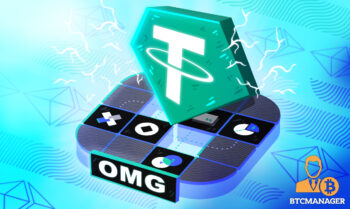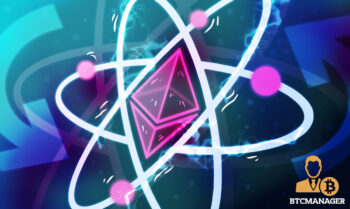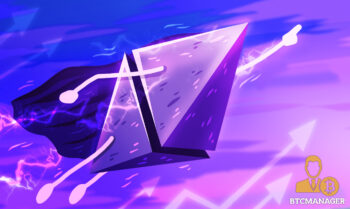
2023-11-24 03:00 |
Blast, a newly introduced Ethereum (ETH) layer-2 network promising “native yield” on ETH and stablecoin holdings, swiftly secured the position of the third-largest holder of staked ether in just three days post-launch, according to on-chain data.
Etherscan data indicates that the platform has amassed over 140,000 staked Ethereum, valued at approximately $286 million, utilizing the liquid staking protocol Lido since its inception on Nov. 20. This accumulation represents roughly 1.5% of the total staked Ether volume.
Debank’s data further shows that the protocol’s multi-sig wallet currently holds assets worth more than $335 million, comprising Lido’s staked Ether and MakerDAO’s stablecoin DAI.
Controversy Surrounds Blast’s Pyramid-Like SystemHowever, the rapid growth of Blast over the past three days has triggered strong criticism within the crypto community due to its pyramid-like Blast points system, which rewards early users based on the number of users they refer.
Details on the project’s website outline that users receive an additional 16% of points when their referrals bring in more participants and an extra 8% if the subsequent level brings in additional users.
An intriguing aspect is that the inflows into the protocol remain one-directional, with no option for withdrawal until its slated launch in February next year.
Simon Dedic, the CEO and managing partner of crypto investment firm MoonRock Capital, stated that Blast’s unique selling point is its “Ponzi airdrop farming.” He added:
“[To be honest] Blast_L2 is the perfect illustration of why non-crypto people hate Web3. [It is not]a technical advancement to any of the other L2s, nor does it offer any exciting applications to use on top of it. While disabling withdrawals.”
Besides its Ponzi-like structure, attention has been drawn to Blast’s multi-sig wallet.
Polygon engineer Jarrod Watts believes the protocol needs 3 out of 5 signatories to authorize suspicious actions. Watts highlighted that the addresses associated are new and have unknown identities.
However, despite the inherent risks, Watts doubts the possibility of fund theft.
Similarly, Cos, the founder of SlowMist, noted that Blast operates as an upgradeable contract with a 3/5 multi-signature setup and lacks a time lock.
The post Layer-2 network Blast becomes third-largest holder of staked Ethereum amid pyramid scheme allegations appeared first on CryptoSlate.
origin »BLAST (BLAST) на Currencies.ru
|
|







